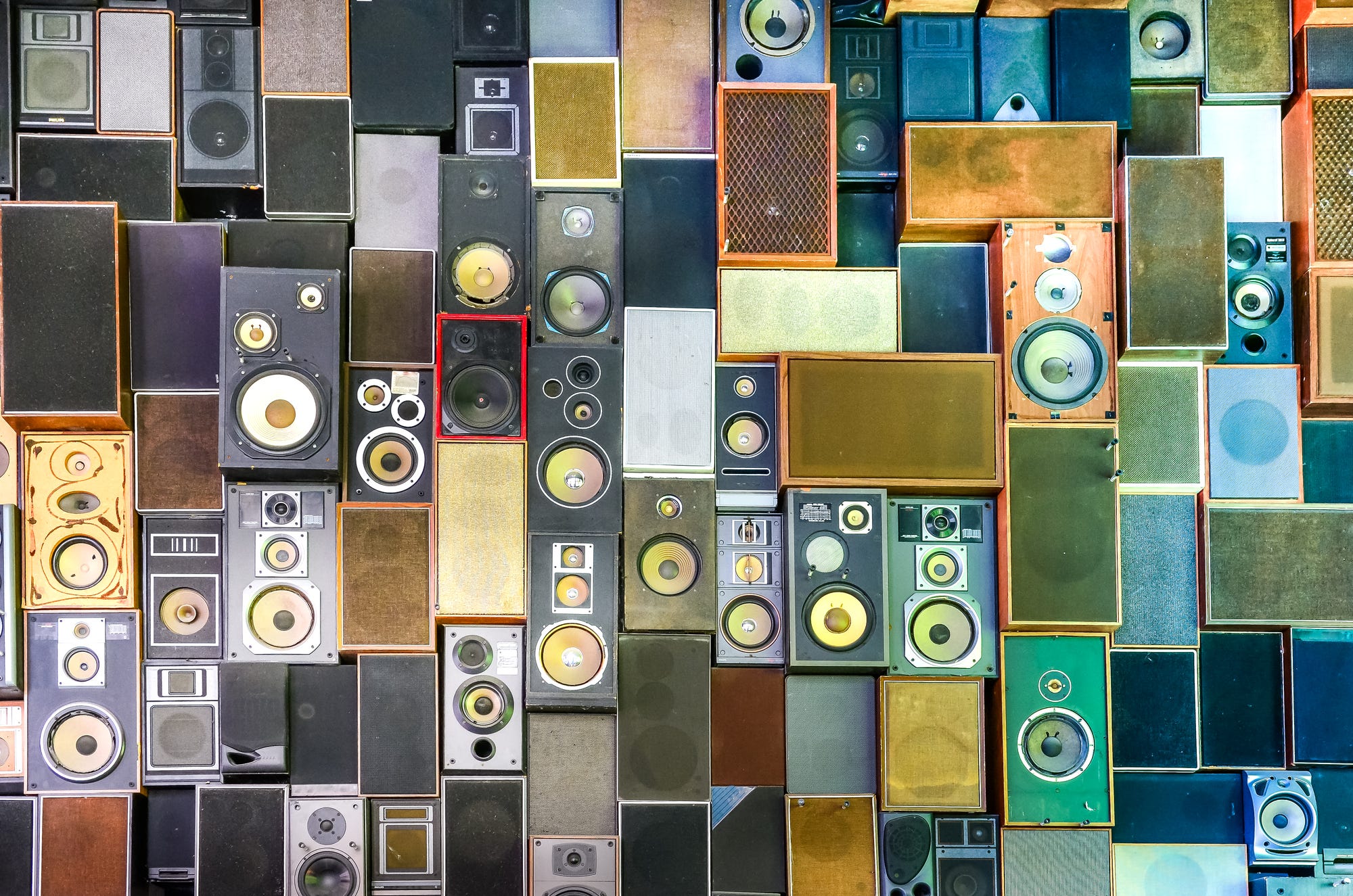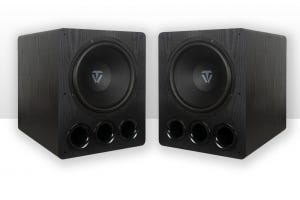
As the title suggests, not all speakers are made alike. Speakers made for different purposes, such as hi-fi speakers, studio monitors, and PA speakers, are constructed differently. The high-fidelity surround sound system in your home is vastly different from studio monitors and speakers designed for public address systems. If you've shopped for speakers, you may have noticed the varying price ranges and wondered if they are interchangeable.
It's important to note that if you value music quality, these different speaker types are not interchangeable. While you may be able to use studio monitors for listening to music in your home, it won't provide an optimal experience. You may encounter issues and if you're an audiophile, you won't get the same level of enjoyment from the wrong type of speaker. It's crucial to understand that speakers are constructed differently for specific purposes and do not have the same capabilities.
Hi-Fi and Home Theatre
Hi-fi or high-fidelity speakers are essential for a top-notch home cinema and audio listening experience in your home. A speaker system can range from just two left and right channel speakers to an elaborate setup with 7 or more speakers, including subwoofers, floorstanding speakers, and a center speaker.
The term "high-fidelity" means that the speakers accurately reproduce the audio source with little to no distortion. They allow you to hear all the details in the audio and play it back as it was intended to be heard when it was created. The classic hi-fi experience provides an immersive sound that makes it feel like the instruments are being played right in front of you. With hi-fi speakers, you can feel the deep bass and the impact of the kick drum, all while still being able to appreciate the finer details such as the song's panning and reverb effects.
Hi-fi speakers are designed to deliver an incredibly accurate and immersive audio experience. However, the term "hi-fi" is somewhat misleading, as these speakers are still engineered to sound pleasing to the ear. Nearly all hi-fi speakers add a touch of "color" to the audio. Consumer-grade speakers often have boosted bass and treble frequencies to enhance the fullness of the sound. Audiophiles often prefer specific brands for their unique sound profile, which is influenced by factors such as design, materials used, and engineering choices.
Additionally, hi-fi speakers are designed to produce great sound from any angle within a room. Speaker placement is still important, and you may notice differences depending on your position in relation to the speakers, but they are typically able to fill the entire room with beautiful audio.
It's worth mentioning that home audio speakers are typically passive, meaning they require external power from an amplifier. This is because loudspeakers require a significant amount of power to produce audio at high volumes. By using an external amplifier, you have more control over the sound system and audio signals.
Studio Monitors: Neutral and Accurate
Studio monitors are utilized by audio engineers and musicians for recording, producing, mixing, and mastering music. They are designed for critical listening rather than consumer listening, meaning they reproduce audio as close to the original source as possible, even more so than hi-fi speakers. This allows you to hear all the details in the audio with no added sound profile or frequency boosts.
When it comes to critical listening, sound engineers and producers need to be able to detect mistakes and imperfections, so they don't want any alterations to the frequency balance. To make production decisions, it's essential to be able to hear the small details in the mix, panning, and recordings.
For this reason, studio monitors produce a flat, neutral audio signal and lack specific sound profiles and balances. They are designed only for nearfield listening from a specific location, typically less than a few feet from the speakers. If you move around a pair of studio monitors, you'll notice that the sound changes significantly as it's directed towards a specific location.
Unlike hi-fi speakers, studio monitors are usually active, meaning they have built-in amplifiers. This allows them to be directly plugged into a mixer or audio interface without the need for an external amplifier. In fact, studio monitors often have multiple amplifiers, one for each speaker component such as the woofer, tweeter, and mid-range speaker. This leads to a more accurate and dynamic frequency response, as each frequency range does not share a power source. The power required to drive the bass and kick drum does not affect the treble or middle-range frequencies.
The only drawback to built-in amplifiers is that they may not be as powerful as separate devices and provide less control over amplification. Studio monitor amplifiers don't need to be extremely powerful because monitors are not designed for loud volume. The listener is always sitting close to the speakers, so they are optimized for low-volume precision listening.
PA Speakers: All About Volume
PA speakers are used for large-scale events such as concerts or ceremonies. The acronym PA stands for "public address," and these speakers are specifically designed to reach a large audience. The engineering focus for PA speakers is on producing high volumes that can be heard from almost all directions, rather than audio details, accuracy, and frequency balance.
However, it's worth noting that the quality of PA speakers has improved dramatically in recent years, but there is still a significant difference between the audio produced by a PA system and a home theatre system. PA speakers can be either passive or active. Passive speakers are often preferred as they are lighter and offer more customization options through separate devices for amplification and mixing. Active speakers, on the other hand, simplify the PA setup by requiring fewer devices and some even feature a built-in mixer, making it possible to have an entire PA system in one portable device.
The world of speakers is diverse and complex, offering a range of options to cater to different needs and preferences. From the immersive sound of hi-fi speakers to the precise, neutral audio of studio monitors, and the high volume capability of PA speakers, each type of speaker serves a specific purpose. The critical aspect is to understand the nuances of each type to make the best decision for your listening needs. Whether you're an audiophile, a music producer, or simply seeking an exceptional audio experience, the right speaker can make all the difference. So, don't try to save money by buying some affordable monitors for your living room; take the time to find one that fits your specific requirements.





